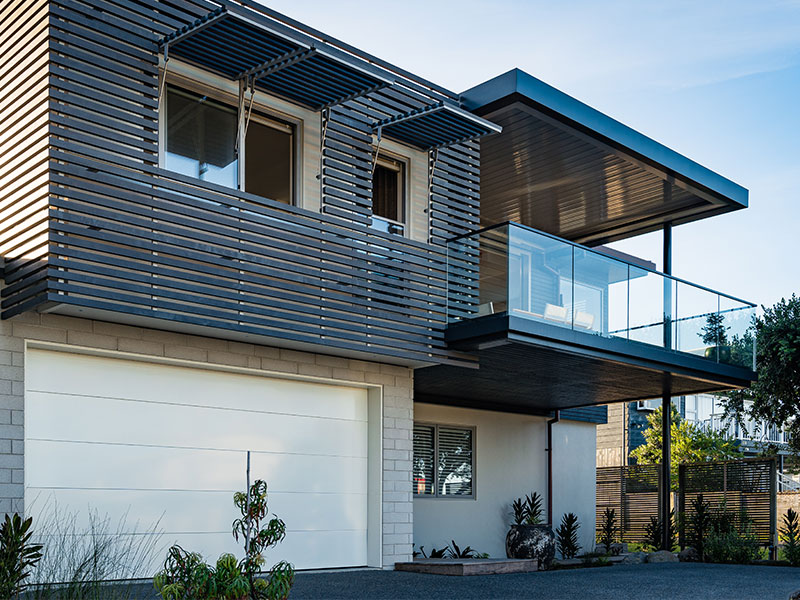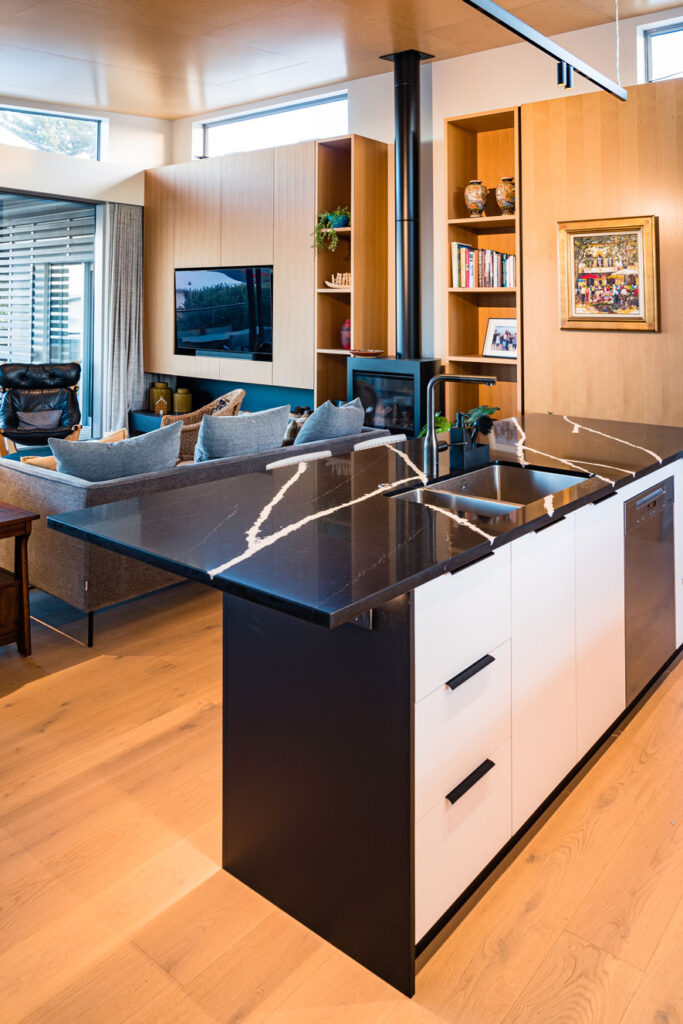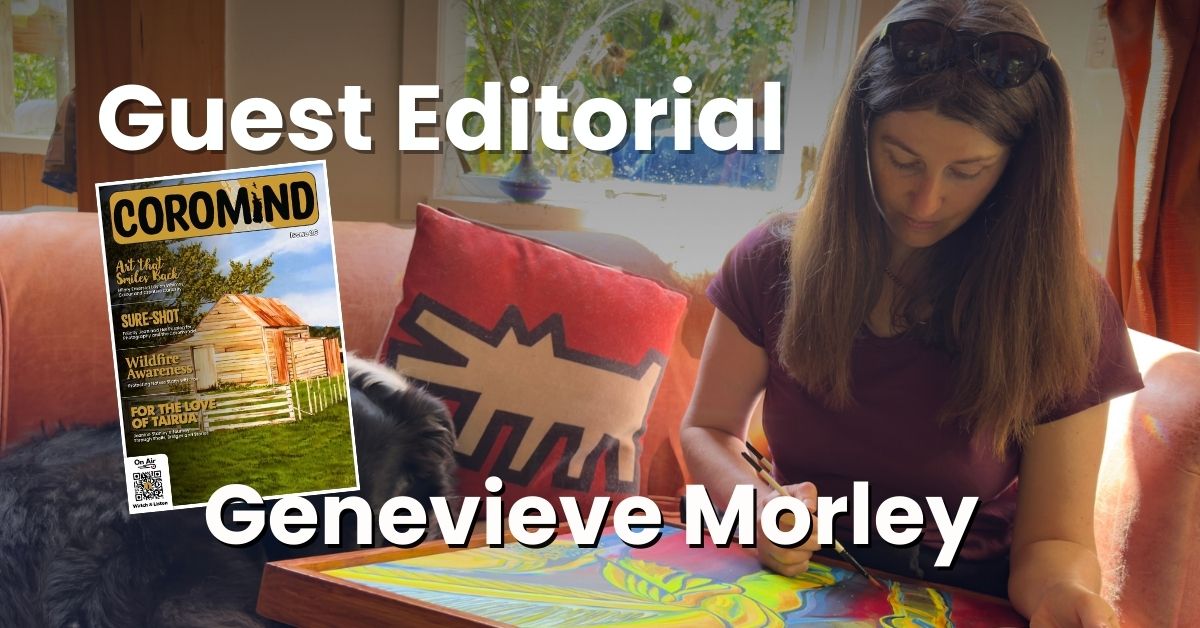

Bridging Tradition and Contemporary Design
Architectural design on the coast, at its core, should be guided by considered spatial design as well as the form our buildings take within their natural environment, and our architectural heritage.
Functional spatial design is vital to providing a built environment that is fit for purpose. How owners of homes function as family units, where they like to congregate, and how much ‘stuff’ they need to store are all important facets of optimal spatial design. In addition to this, incorporating considered passive solar design features into well circulated areas is critical to the liveability and comfort of a home.

Increasingly, people are considering how homes will accommodate them in their later years or enable aging parents to live with them. One standard is ‘Lifemark’ accredited homes which promote greater ‘accessibility’ in terms of providing wider hallways and doorways, level thresholds to entry areas and shower areas and generally optimising the home’s many features to provide for greater ease of movement. Lifemark accreditation also allows for a slight increase in site coverage under the Thames Coromandel District Council’s District Plan for building consent.
Designing for a built environment that is sympathetic to its surroundings is an important responsibility for owners and their designers/architects. We are blessed to live in an incredible part of the world in the Coromandel. The various coastal towns on the eastern seaboard have grown in size and scale over the last 80 years due to the region’s attractiveness as a summer holiday destination. Small baches dot the sea-town’s landscapes, generally built by ‘Dad and Dave’ over weekends. These properties, bought with a couple of hundred pounds, have hosted generations of families that have enjoyed memorable summer holidays in charming DIY baches, the most basic of accommodation over the decades.

Whilst replete with character, many of these old buildings are no longer always fit for purpose in terms of their liveability and utility. The gradual disappearance of the traditional ‘Kiwi bach’ is happening, but it also provides an opportunity to re-imagine the coastal ‘beach house’ in a way that respects our architectural traditions and benefits from contemporary building and design standards.
In design, we should be committed to complementing the local ‘vernacular’ of our coastal towns in the Coromandel. Design requires functionality in terms of spatial arrangement and how we optimise that space; however, it is also important to consider the form our buildings take within their natural environment and architectural heritage. Considerations of the bulk and dominance of buildings in our coastal towns is integral to maintaining a coastal aesthetic and protecting the charm we hold so dear. Another vital consideration is identifying exterior materials that mimic or are sympathetic to the local environment as well as withstanding the harsh coastal conditions our buildings need to endure.
Archikraft Ltd. operates out of an office on Whangamatā’s main street.
Words by Kylie van Gisbergen of Archikraft Ltd
Visit www.archikraft.co.nz






